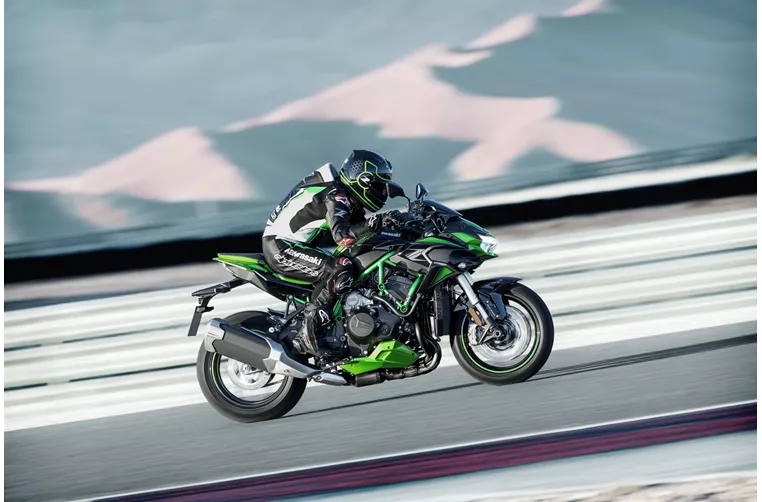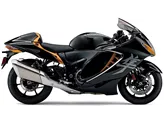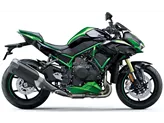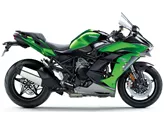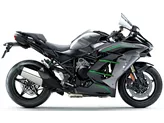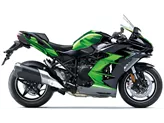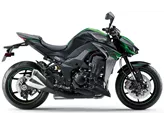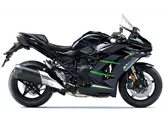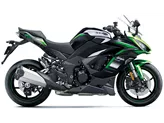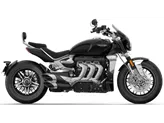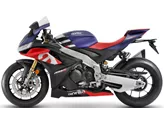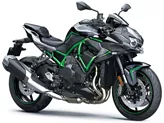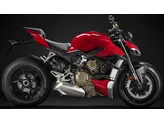Kawasaki Ninja H2 SX SE 2018 vs. Kawasaki Z H2 SE 2021

Kawasaki Ninja H2 SX SE 2018
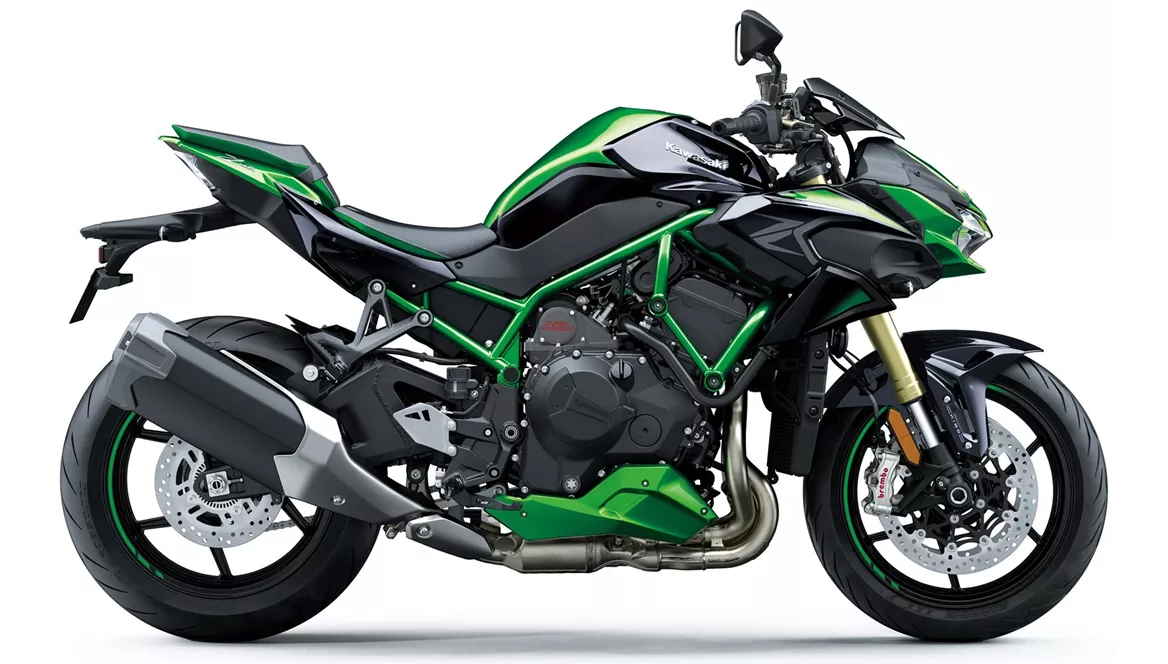
Kawasaki Z H2 SE 2021
Overview - Kawasaki Ninja H2 SX SE 2018 vs Kawasaki Z H2 SE 2021
The Kawasaki Ninja H2 SX SE 2018 and the Kawasaki Z H2 SE 2021 are both high-performance motorcycles with similar technical specifications. Both models have an inline, liquid-cooled engine with a displacement of 998cc, producing 200 horsepower and 137 Nm of torque. They also feature a chain transmission and a four-cylinder configuration.
In terms of suspension, both bikes have an upside-down telescopic fork at the front with 120mm of travel and adjustable compression, preload, and rebound settings. The rear suspension consists of a swing arm with a monoshock and Uni Trak system. However, the Kawasaki Z H2 SE 2021 offers slightly less travel at 134mm.
Both motorcycles have a steel tubular frame and double disc brakes at the front with a diameter of 320mm and four-piston calipers. The brakes utilize radial and monoblock technology, providing excellent stopping power. Additionally, both models are equipped with advanced rider assistance systems such as ABS, riding modes, ride-by-wire, and traction control.

Kawasaki Ninja H2 SX SE 2018
In terms of dimensions and weights, there are some differences between the two models. The Kawasaki Ninja H2 SX SE 2018 has a wheelbase of 1480mm and a seat height of 835mm, while the Kawasaki Z H2 SE 2021 has a slightly shorter wheelbase of 1455mm and a lower seat height of 830mm. The kerb weight of the Kawasaki Ninja H2 SX SE 2018 is 260kg, whereas the Kawasaki Z H2 SE 2021 is lighter at 240kg.
Both motorcycles have a fuel tank capacity of 19 liters and are equipped with LED headlights. However, the Kawasaki Z H2 SE 2021 also features LED daytime running lights and a TFT display, providing a more modern and advanced instrument cluster.
In terms of strengths, the Kawasaki Ninja H2 SX SE 2018 is praised for its powerful engine with high torque and strong pull, as well as its responsive handling. It also offers great brakes and stability in the braking zone, making it suitable for sport touring. The bike provides pleasant traveling comfort even at high speeds and is equipped with high-quality driving assistance systems. Additionally, the 12000km service interval is a convenient feature.
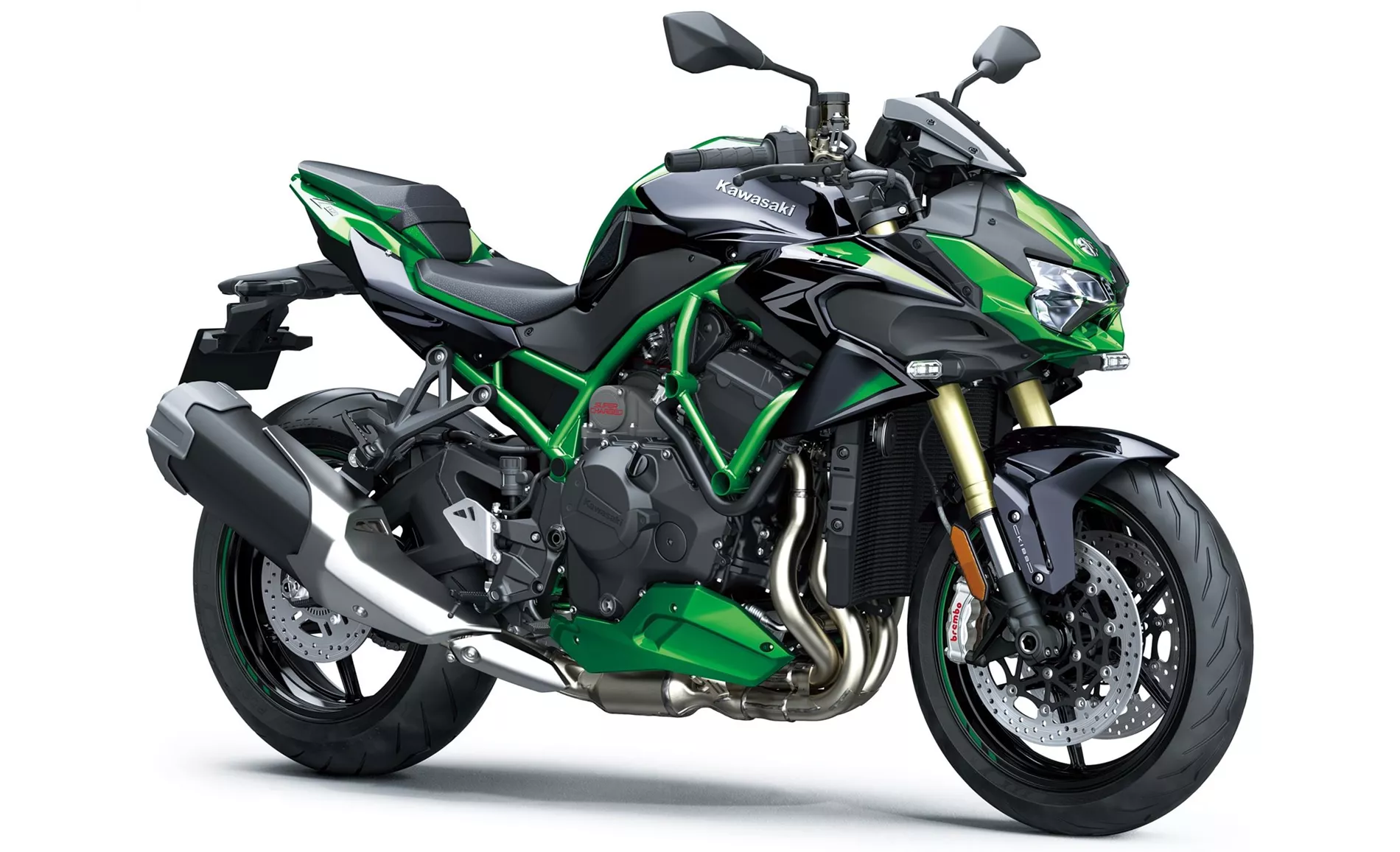
Kawasaki Z H2 SE 2021
On the other hand, the Kawasaki Z H2 SE 2021 is known for its incredibly powerful engine and electronic chassis that offers comfort. It has an independent look and provides good wind protection for a naked bike. The braking system is also highly regarded.
In terms of weaknesses, the Kawasaki Ninja H2 SX SE 2018 is criticized for its slightly fiddly heating handle control, and some riders feel that an electronic chassis would be practical and better suited to its universal character. On the other hand, the Kawasaki Z H2 SE 2021 is noted for its high weight and handlebars that are considered a little too narrow.
Overall, both the Kawasaki Ninja H2 SX SE 2018 and the Kawasaki Z H2 SE 2021 are powerful and well-equipped motorcycles. The choice between the two will depend on personal preferences, with the Ninja H2 SX SE offering a more sport touring-oriented experience and the Z H2 SE providing a more aggressive and independent naked bike experience.
Technical Specifications Kawasaki Ninja H2 SX SE 2018 compared to Kawasaki Z H2 SE 2021
Pros and Cons in comparison
Pros and Cons in comparison
Kawasaki Ninja H2 SX SE 2018

Kawasaki turns the H2 into a fascinating sports tourer. The H2 SX is a new motorbike and, apart from the supercharger and the striking front end, has virtually nothing in common with the fearsome H2 and H2 R. It offers great comfort and shines with the familiar and universal virtues of a sports tourer. It offers great comfort and shines with the familiar and universal virtues of a sports tourer. On top of that, you enjoy breathtaking acceleration.
Kawasaki Z H2 SE 2021
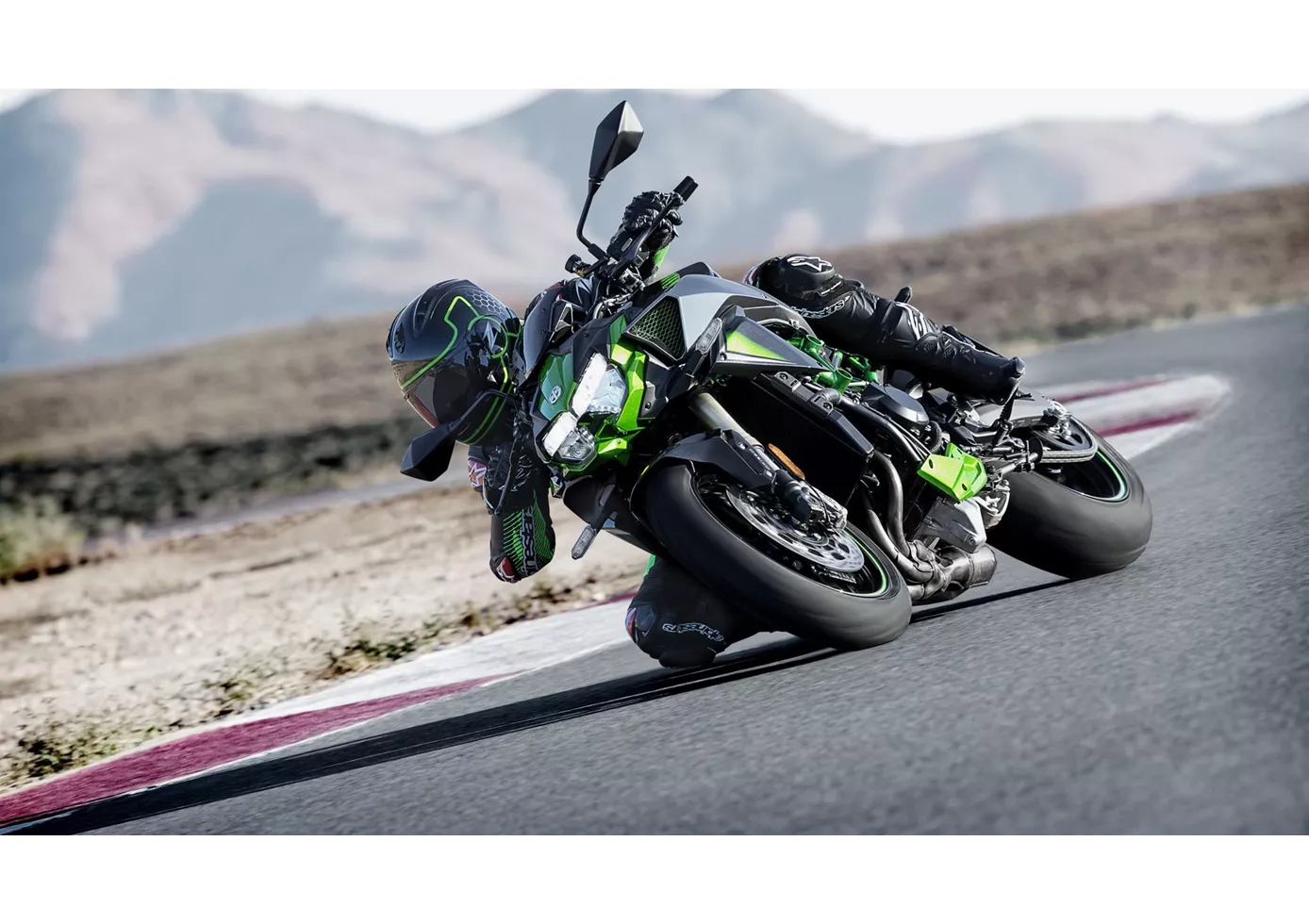
What a naked bike! The Kawasaki Z H2 SE has one thing that is absolutely addictive: a supercharged power unit that works like a steam catapult! The 200 hp from exactly one litre of displacement actually seem to unite from idle and tug together on the chain right up to the limiter. Nor can the Z H2 SE be accused of lacking stability; the electronically adjustable chassis does a good job and above all provides sufficient comfort. At almost 240 kilos ready to ride, the Kawa is of course no lightweight and needs to be pushed into the bends, but you can't call it unwieldy either. A slightly wider handlebar would help. The appearance is clearly a matter of taste, but the protruding front offers comparatively good wind protection.
Price Comparison Avarage Market Price Kawasaki Ninja H2 SX SE vs Kawasaki Z H2 SE
There are a few key differences between a Kawasaki Ninja H2 SX SE 2018 and a Kawasaki Z H2 SE 2021. In terms of price, the actual average price of a Kawasaki Ninja H2 SX SE 2018 is about 10% higher. A Kawasaki Ninja H2 SX SE 2018 experiences a loss of 1,740 USD in one year and 1,050 USD in two years of ownership. This is offset by a loss of 3,180 USD and 4,550 USD for a Kawasaki Z H2 SE 2021. Compared to Kawasaki Z H2 SE 2021 there are more Kawasaki Ninja H2 SX SE 2018 bikes available on the 1000PS.de Marketplace, specifically 10 compared to 5. It takes less time to sell a Kawasaki Z H2 SE with 70 days compared to 225 days for the Kawasaki Ninja H2 SX SE. Since model year 2018 1000PS.de editors have written 14 reviews for the Kawasaki Ninja H2 SX SE and 9 reviews for the Kawasaki Z H2 SE since model year 2021. The first review for the Kawasaki Ninja H2 SX SE was published on 11/7/2017 and now has more than 35,700 views. This compares to more than 24,400 views for the first review on Kawasaki Z H2 SE published on 11/23/2020.

